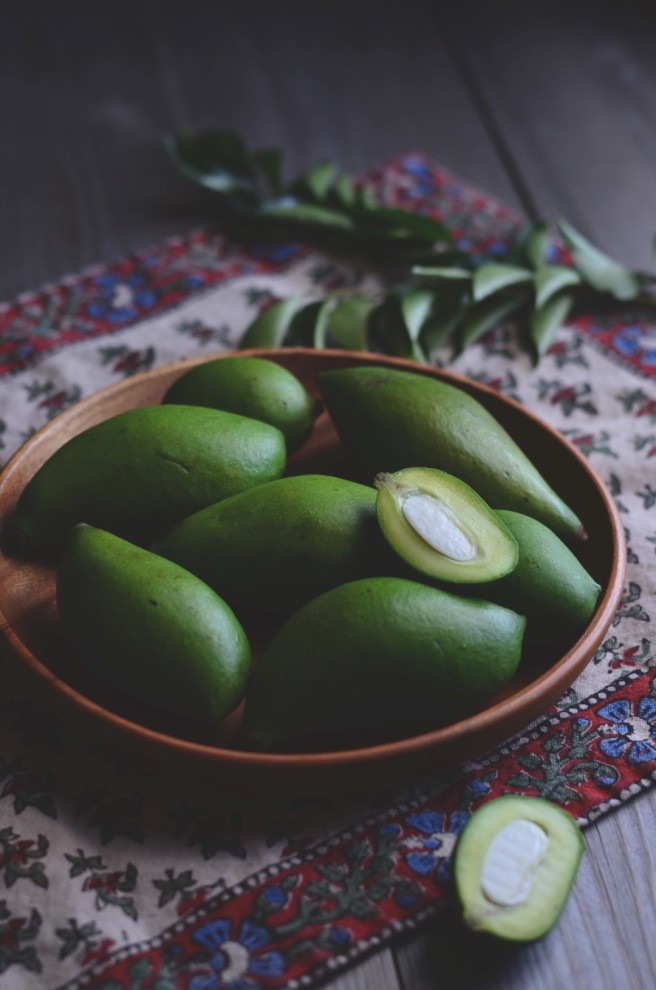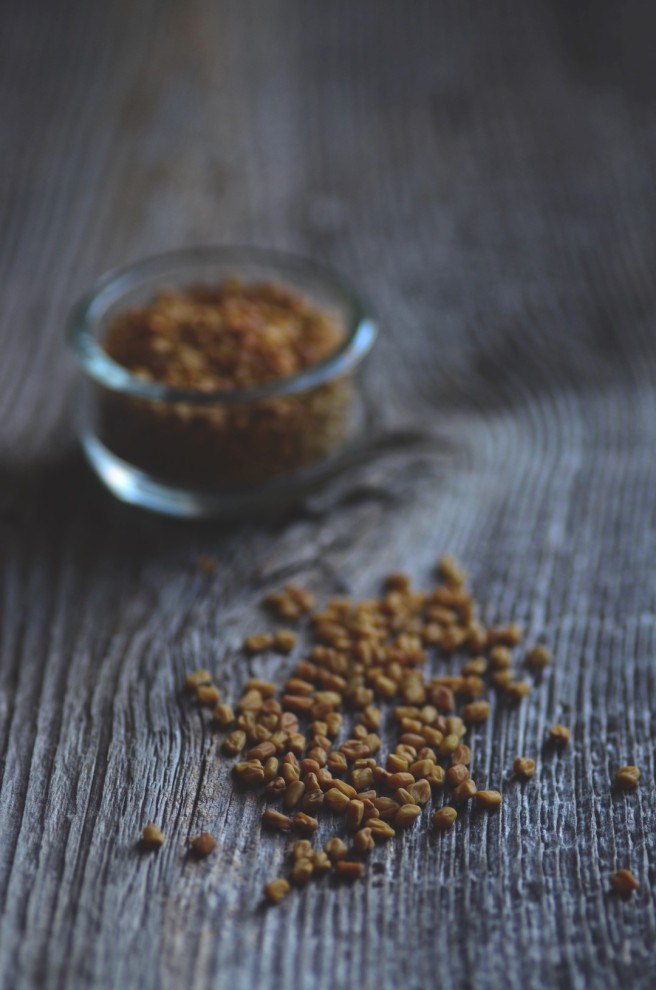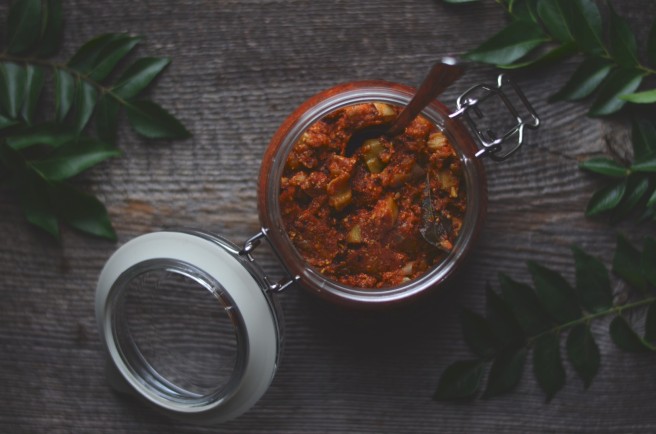The creation of a thousand forests is in one acorn. -Ralph Waldo Emerson
A bubonic plague pandemic came to India in 1896 via rats on cargo ships from China. Over the next thirty years, India would lose 12.5 million people to this disease. Initially, it was confined to port cities but eventually, it spread to rural regions of the country as well. [1]
By the time the pandemic reached my ancestral village in Gujarat, my paternal grandfather was but a newborn. This meant that he had minimal resistance and the least possibility of survival if infected. But parents will do whatever possible to ensure the safety of their children and so, as difficult as it may have been, arrangements were made by my great-grandparents to have him taken away to live temporarily with relatives living further away until the threat would pass. But things didn’t turn out quite as planned and what was meant to be temporary became permanent. Soon after he was taken away, his entire family fell victim to this deadly disease.
 When my grandfather returned to claim his rights to his ancestral home, he was a newlywed eager to raise a family. The house was still in place, still structurally sound, but void of all its contents. All the wooden cabinetry, bed frames and benches; stainless steel and copper dishes, cookware and utensils, had all been looted. Left behind were only the suggestions of a fairly prosperous existence. In a time and place, when and where generations coexisted in a single home and household items were made to pass on and endure generations of use, my grandfather started from scratch and on his own.
When my grandfather returned to claim his rights to his ancestral home, he was a newlywed eager to raise a family. The house was still in place, still structurally sound, but void of all its contents. All the wooden cabinetry, bed frames and benches; stainless steel and copper dishes, cookware and utensils, had all been looted. Left behind were only the suggestions of a fairly prosperous existence. In a time and place, when and where generations coexisted in a single home and household items were made to pass on and endure generations of use, my grandfather started from scratch and on his own.
But when one comes so close to extinction, self-preservation becomes more than an innate animal instinct.
In time, my grandfather started a modest dairy farm. As profits accumulated, he purchased land and tried his hand at farming cotton and rice. This time, the family’s luck had turned around and as his farm grew, so did his aspirations.
He cultivated mango trees.
Mango trees planted from seed require at least about 5 years to produce fruit but more importantly, for my grandfather, was that they would continue to do so for about 300 years. My family no longer owns these orchards. In recent years, my father has sold most of our family-owned land. But what remains is that long after, even I, have perished, these mango trees will continue to bear fruit. The art of pickling, on the other hand, goes back long before any plague came to India. Pickles are an integral part of Indian cuisine and raw mangoes are a popular choice for pickling throughout the subcontinent. Recipes, however, vary not only by region but from one household to another, each one believing theirs to be the best. And although during pickling season in India, everyone exchanges samples of their pickles with friends and neighbours, family recipes for pickles are guarded possessions, passed down only from mother to daughter. Ironically, there may be mangoes that carry the legacy of my ancestors pickling at the very moment, but my great-grandmother’s recipe for mango pickles remains a secret now and forever.
The art of pickling, on the other hand, goes back long before any plague came to India. Pickles are an integral part of Indian cuisine and raw mangoes are a popular choice for pickling throughout the subcontinent. Recipes, however, vary not only by region but from one household to another, each one believing theirs to be the best. And although during pickling season in India, everyone exchanges samples of their pickles with friends and neighbours, family recipes for pickles are guarded possessions, passed down only from mother to daughter. Ironically, there may be mangoes that carry the legacy of my ancestors pickling at the very moment, but my great-grandmother’s recipe for mango pickles remains a secret now and forever.
Unlike pickle recipes of the West which generally use brine, Indian pickle recipes depend on oil and spices. Typical of Gujarati pickles, fenugreek seeds play a crucial part in my recipe.


Gujarati Mango Pickles (Keri Acchar, Methia Keri)
(yields about 2 cups)
- 450 g raw (unripe, green) mangoes
- 1 tsp salt
- 3 tbsp fenugreek (methi) seeds
- 3 tbsp red chili powder
- 5 tbsp sesame seed oil, plus additional for drizzling over the top
- 1/2 tbsp black mustard seeds (rai)
- 15-20 fresh curry leaves, washed and wiped dry
- Wash mangoes and wipe dry with a cloth.
- Peel the mangoes (peel the outer dark green skin only, leave the lighter green part intact).
- Cut each mango in half and remove and discard the pit. Chop into small pieces.
- Combine mango pieces with salt and wrap up in a muslin cloth. Place package in a colander and set colander over a bowl for about 5 hours. After this time, squeeze out as much moisture as you can.
- Spread the mango pieces in a single layer on a clean, dry cloth (or a few layers of paper towels) for 2* hours (in direct sunlight if at all possible). Replace the cloth (or paper towels) half way through to ensure that the moisture will be removed.
- Meanwhile, grind the fenugreek seeds. (I use a coffee grinder.)
- In a bowl, combine mango pieces, fenugreek seeds and chili powder and set aside.
- Heat sesame seed oil in a stainless steel pan over medium-high heat.
- Add the mustard seeds to the oil and allow them to crackle.
- When the crackling dies down, add the curry leaves and turn off the heat immediately.
- Add the mango mixture and mix well.
- Allow to cool completely.
- Transfer to a clean glass jar. Using a spoon, apply pressure to pack the pickles tightly into the jar. Add additional oil to ensure the top surface is covered with oil.
- Refrigerate. (Traditionally, they do not require any refrigeration and can keep well for years.)
*2 hours is sufficient as I store my pickles in the fridge. Traditionally, it would be longer to ensure all moisture is removed and thus preventing the growth of fungus.
[1] https://en.wikipedia.org/wiki/Third_plague_pandemic

My favorite pickle, really mouthwatering 🤤
Thank you … mine too!
👌 👍👌💟
I always love to read your family story. Thank you for being so generous and sharing. Wonderful recipe too as usual!
Thank you dear… I love writing and sharing them.
omg i love this recipe! it looks delicious))) and plus mango pickles is a great option for a meal! do you have any specific recommendations for a Indian cuisine starter? never tried to cook any before!
Thank you dear! I’ve got two types of pigeon pea soups on the blog… one is an authentic Indian recipe and the other is a Westernized version of it… see which you like, both are easy to make. Hope you like them.
o thank you!
Fantastic post Annika – I too make Indian picked and my husbands family come from Gujarat – so I do love this recipe!
Thank you Laura. Then you must already be familiar with all the Gujarati recipes I have up!
I’m not – but I’ll be sure to send my husband your way as he’s promised me he’ll make me some new dishes!
That sounds even better!
Beautifully written, Annika. I love your stories. And I’m very partial to a good pickle. I love the colour of yours – looks delicious!
Thank you Tracey. The colour is mostly from the chili powder… I should have mentioned that these are quite hot!
Fear not, Annika. I like to be brave x
It’s always amazing how out ancestors were able to get over such huge hurdles. Lovely story Annika.
Thank you dear.
How sad for your grandfather to have lost his family at such a young age and yet persevered above it all!!!
I love the sound of pickled mangoes! 😊
Indeed very sad, but despite this tragedy, he was always so joyful and big-hearted.
I just love this mouthwatering mango pickle!
I love this story of your grandfather (although it is so sad). Recipe looks amazing!
Whenever I’m at an Indian restaurant, I devour these pickles. I’ll be looking for green mangoes and hope to make them. 🙂
It’s already late in the season, I hope you will be able to find them!
I never saw them in the store where I usually buy. Will have to look for them. 🙂
Your best bet may be an Indian grocery store.
I don’t have one nearby, but will definitely will try to find one soon. 🙂
Looks good, Annika! Can almost smell and taste it from here 🙂
What a lovely story. It took me back to the beginnings of The Secret Garden by F.Hodgson Burnett, it’s great to know so much about ones ancestor’s, specially when you are living in a different country.
Thank you!